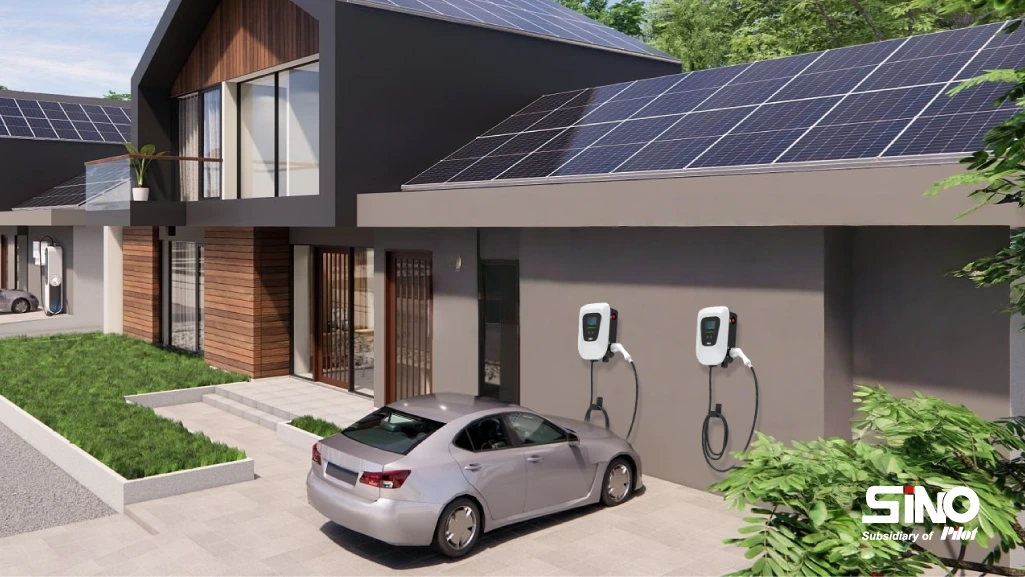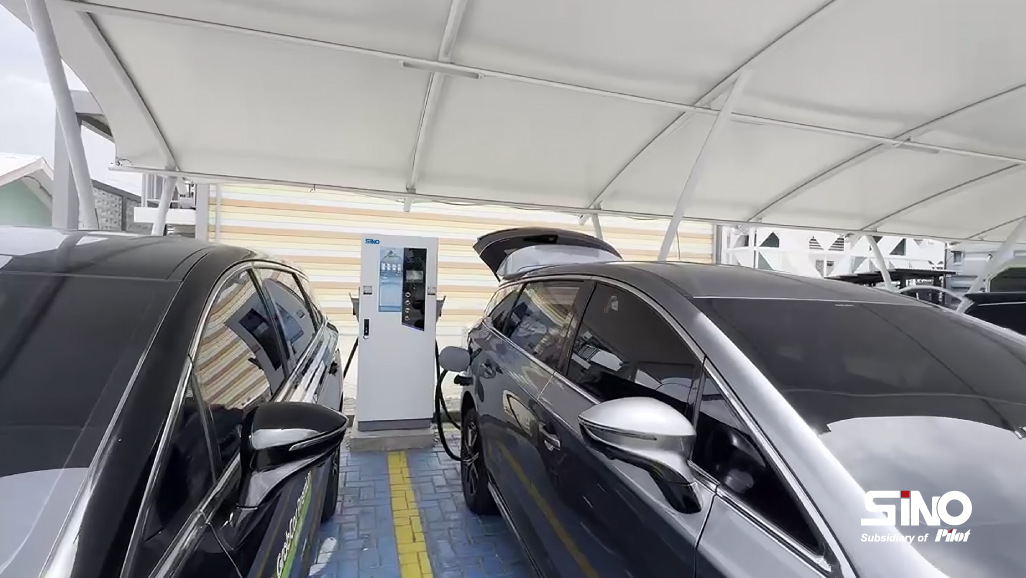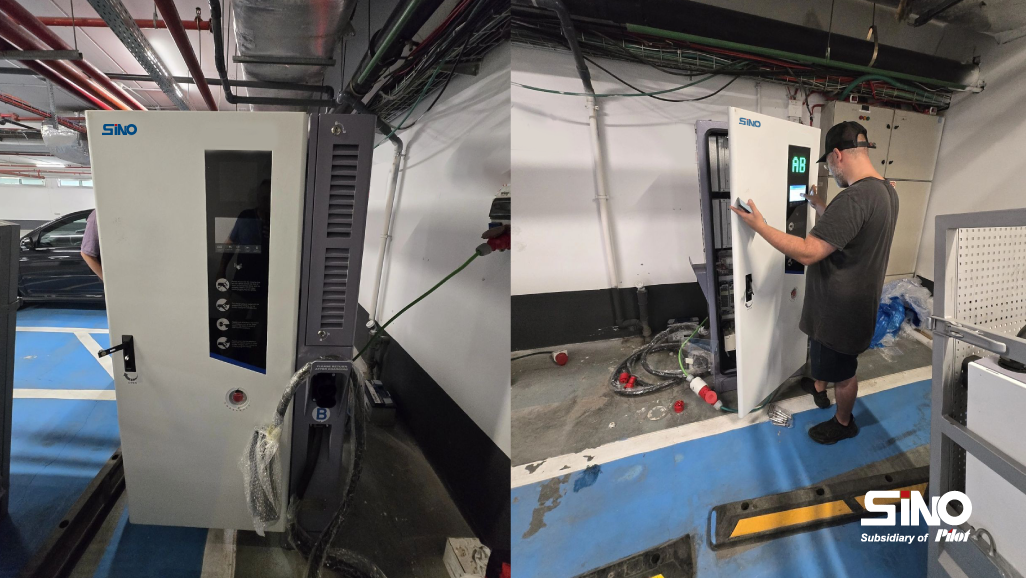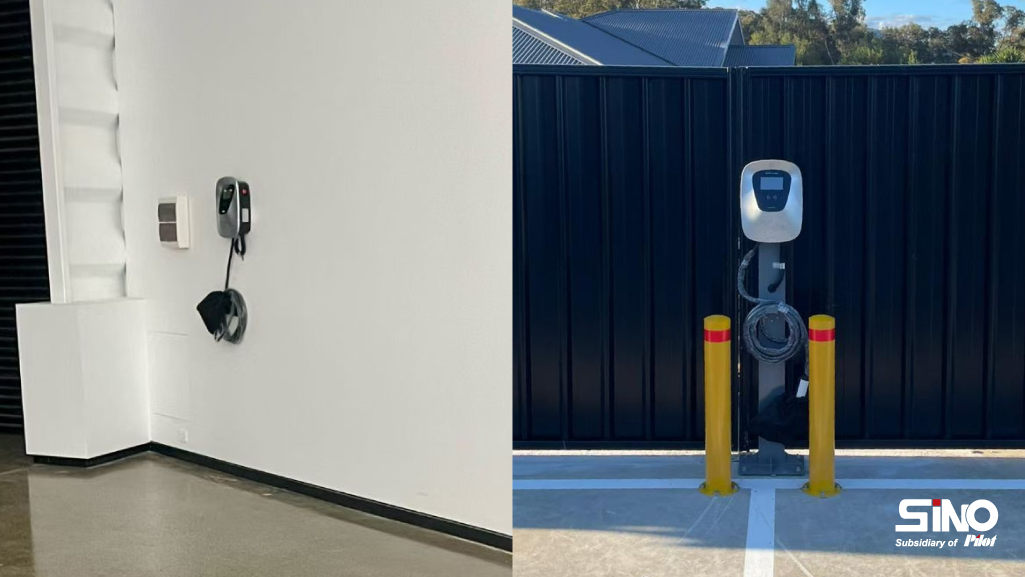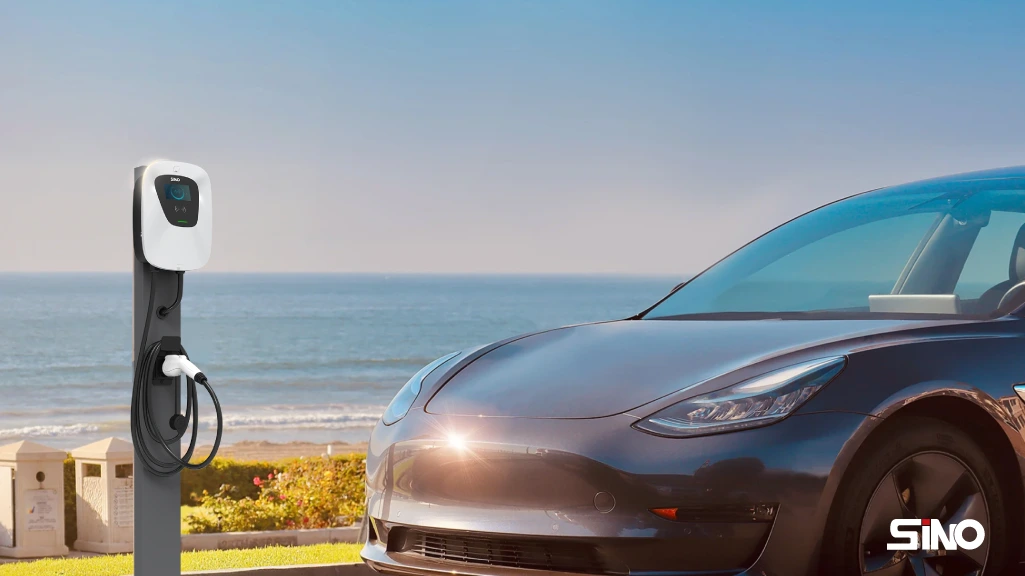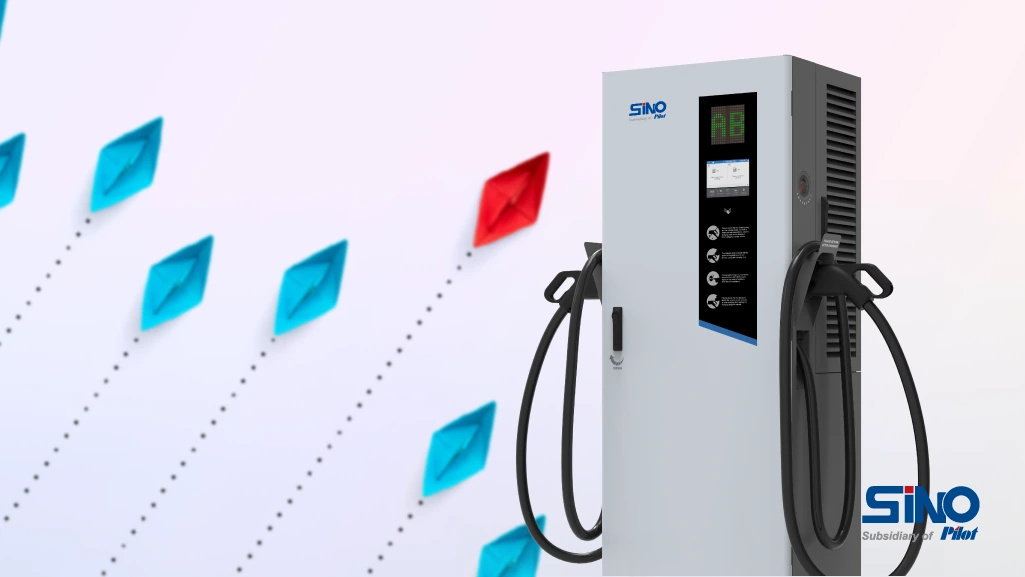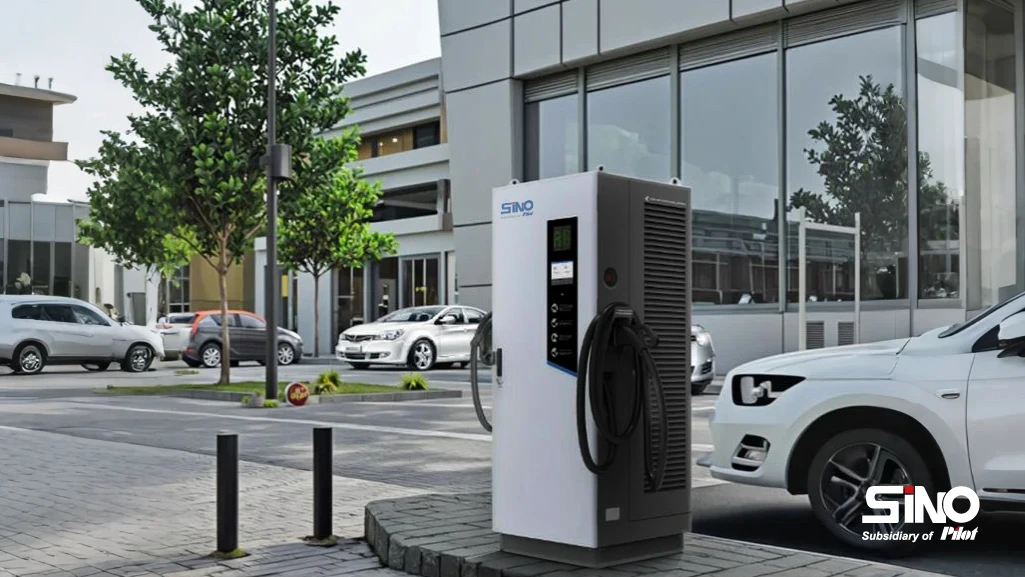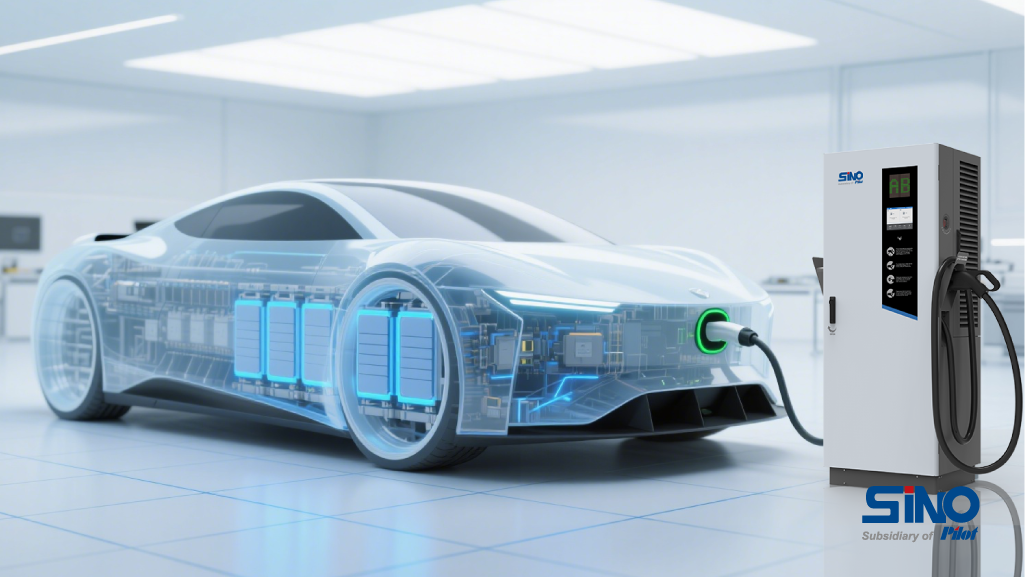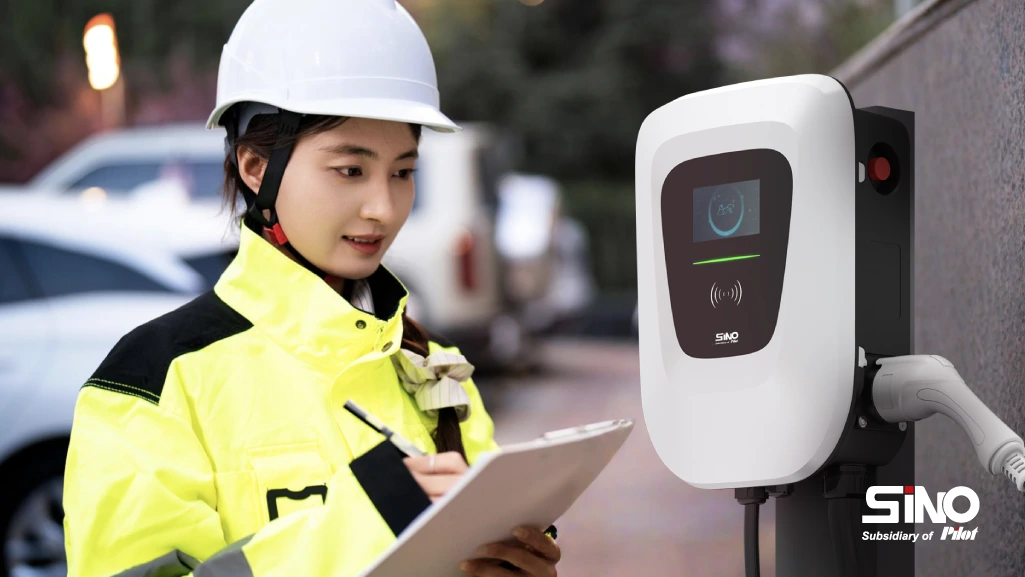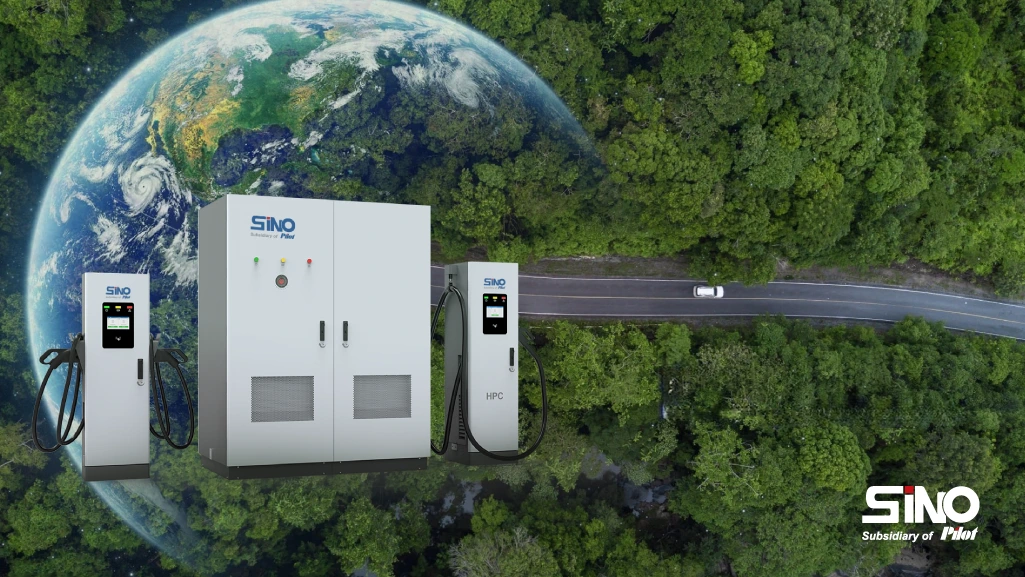So, you’re planning an extended trip, deploying overseas, or maybe just parking your beloved electric vehicle (EV) for the winter? As an EV charging expert with nearly two decades in the trenches, I can tell you that prepping an electric car for long-term storage differs significantly from its gasoline-powered cousins. While you skip the stale fuel worries, the battery pack – the heart and most expensive component of your EV – demands meticulous attention. Neglect it during storage, and you could face accelerated degradation or even costly damage. Fear not! This comprehensive guide walks you through every critical step to ensure your EV wakes up happy and healthy after its long nap.
Why EV Storage is Different: It’s All About the Battery
Gas cars worry about old fuel and engine seals. EVs worry about lithium-ion chemistry. Leaving an EV battery at 100% charge or completely empty for months, exposed to temperature extremes, or slowly drained by background systems (“vampire drain”) can stress the cells, leading to permanent capacity loss or, in worst-case scenarios, rendering the pack unusable. Proper prep mitigates these risks.
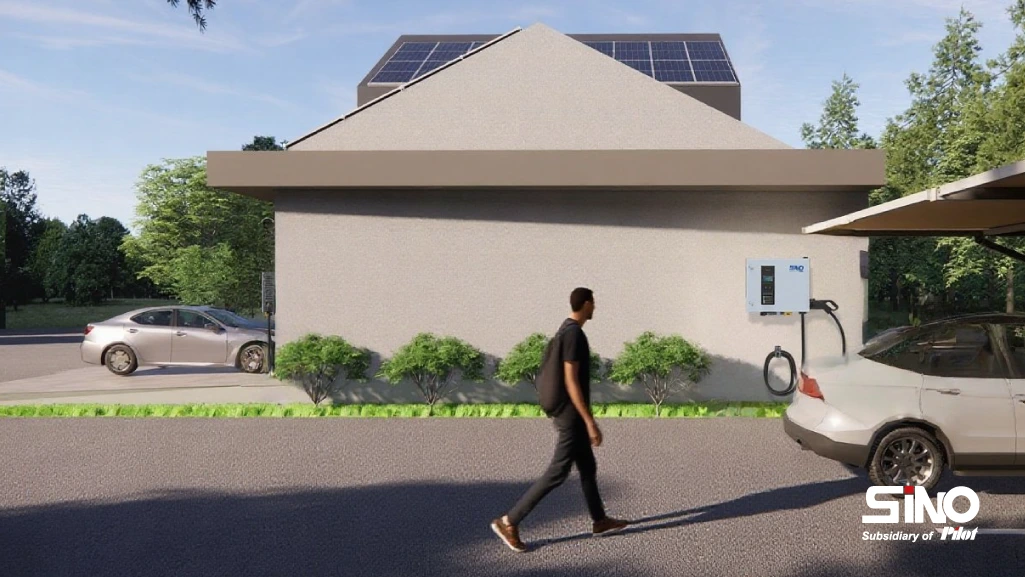
Section 1: Mastering Battery Care – Your Top Priority
State of Charge (SOC) is Non-Negotiable: This is the single most crucial step. DO NOT store your EV with a 100% or 0% battery charge.
The Sweet Spot: Aim for a State of Charge between 50% and 80%. Most manufacturers explicitly recommend around 50-60% for optimal long-term battery health. This voltage range minimizes stress on the lithium-ion cells, slowing down calendar aging (degradation that happens over time regardless of use).
Why Avoid Full Charge? Storing at 100% keeps the cells at high voltage, accelerating chemical reactions that degrade capacity.
Why Avoid Empty? Extremely low voltage can lead to “deep discharge,” potentially damaging cells and making the battery unsafe or impossible to recharge. Most BMS (Battery Management Systems) have safeguards, but don’t rely solely on them for months-long storage.
Temperature: Find the Goldilocks Zone: Batteries hate extremes.
Ideal: A cool, dry, and temperate environment like a garage is best. Temperatures consistently between 10°C and 25°C (50°F – 77°F) are ideal.
Avoid: Direct sunlight, freezing temperatures (well below 0°C/32°F), and scorching heat (above 35°C/95°F). Extreme cold increases internal resistance and can slightly reduce capacity (usually temporarily), while extreme heat dramatically accelerates chemical degradation. If storing outdoors is unavoidable, a high-quality, breathable car cover is essential.
To Plug In or Not To Plug In? This depends on duration and climate.
Short-Term (1-3 Months): If stored within the ideal SOC (50-80%) and temperature range, you can usually leave it unplugged. The BMS will enter a deep sleep mode, minimizing drain. Check via app occasionally if possible.
Long-Term (3+ Months) or Extreme Climates: Plug it in. However, do not leave it set to charge to 100%. Use your car’s charging settings or app to:
1.Set a maximum charge limit of 50-60%.
2.Enable scheduled charging only if the SOC drops significantly below your target (e.g., start charging when SOC hits 40%, stop at 50%). This provides “trickle” maintenance without keeping it constantly full.
Important: Ensure your home charging setup (EVSE – the “charger” unit) is in good condition and the circuit is reliable. A power outage during a scheduled charge isn’t catastrophic if SOC was reasonable, but sustained outage could be an issue.
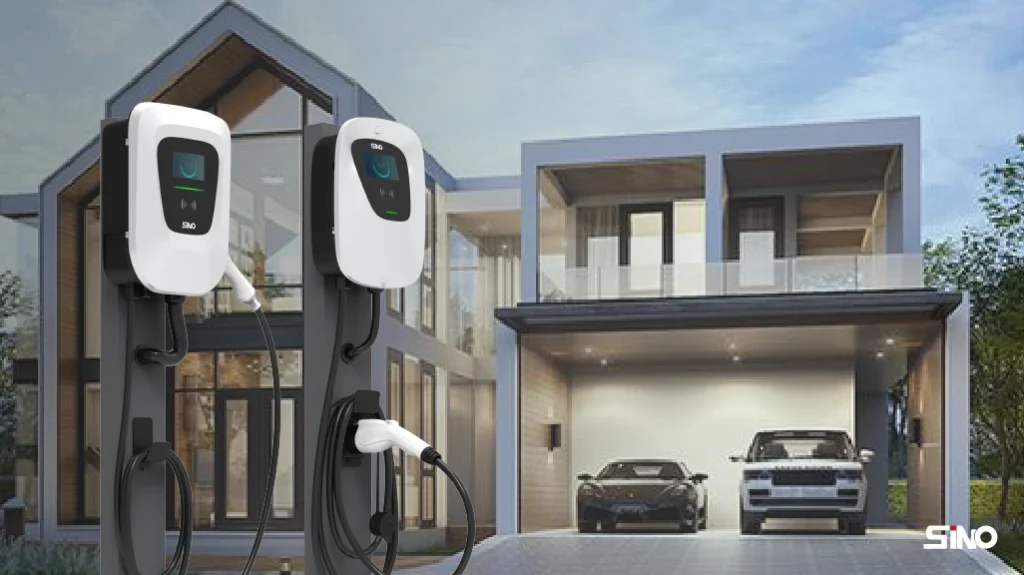
Slay the Vampire (Drain): Modern EVs constantly run small computers, communication modules, and sensors. Minimize this parasitic drain:
Turn OFF: Sentry Mode, Cabin Overheat Protection, any “Always Connected” or data-sharing features in your infotainment settings.
Reduce Key Fob Proximity: Don’t store the key fob right next to the car, as it can keep waking the car up.
Consult Manual: Some EVs have a specific “Transport Mode” or “Long-Term Storage Mode” that minimizes systems – use it!
Monitor (If Possible & Safe): If you have app access and it doesn’t significantly wake the car, a quick SOC check every 4-6 weeks is reassuring. Don’t obsessively check daily.
Section 2: Tire & Wheel Care – Prevent Flat Spots
EVs are heavy! This puts extra stress on tires during prolonged parking.
Inflate to the Max: Check your tire sidewalls for the “Max Pressure” rating (NOT the door jamb sticker pressure, which is for normal driving). Inflate all tires to this maximum pressure. The increased pressure significantly reduces the risk of developing permanent flat spots.
Jack Stands / Wheel Cradles (For Very Long Storage): If storing for 6 months or more, consider placing the car on jack stands or using specific “tire savers”/wheel cradles. This takes the weight completely off the tires. Only do this if you have the proper equipment, knowledge, and a safe, level surface.
Parking Brake: Use Wisely: Engage the parking brake lightly once parked. For storage exceeding a few weeks, release the parking brake and instead use sturdy wheel chocks (front and back of one tire). Parking brakes can seize if engaged for very long periods, especially in humid conditions. Ensure the car is in “Park” (or gear if a manual).
Section 3: Interior & Exterior Protection – Keep it Pristine
Deep Clean Inside & Out: Remove all trash, food crumbs, drinks, and especially anything damp. Food attracts pests; moisture causes mold and mildew. Vacuum thoroughly. Wash and wax the exterior to protect the paint. A clean car is less inviting to rodents.
Combat Moisture: Place several silica gel desiccant packs (the kind you find in shoeboxes, available in bulk) inside the cabin, especially on the dashboard and seats. Alternatively, use a commercial moisture absorber container. Cracking windows slightly is not recommended outdoors as it invites pests/weather.
Shield from Elements (If Outdoors): If storing outdoors is unavoidable, invest in a high-quality, breathable, soft-lined car cover. A cheap tarp traps moisture and scratches paint. Ensure it’s securely fastened.
Windshield Wiper Trick: Lift the wiper arms off the windshield, or place a soft cloth or piece of cardboard between the rubber blades and the glass. This prevents the rubber from bonding to the glass.
Pest Deterrence: Consider natural deterrents like peppermint oil sachets or dryer sheets inside the cabin (away from electronics). Avoid mothballs due to their strong odor permeating everything. Block any potential entry points under the hood if you suspect rodent issues.
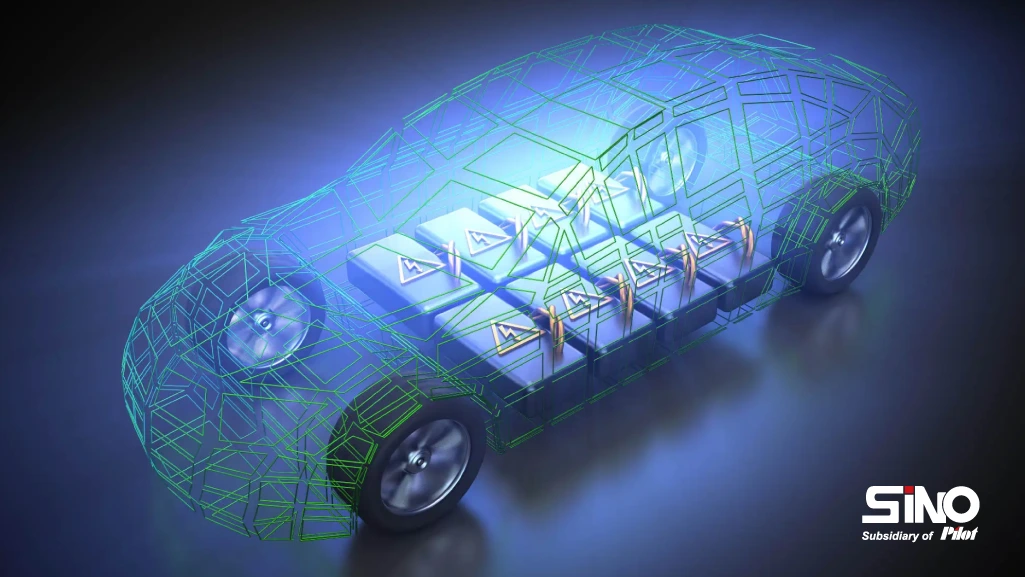
Section 4: Fluid & System Checks (The Finishing Touches)
While EVs have fewer fluids, a quick check is prudent:
Brake Fluid: Check the level and condition. If it’s dark or near its service interval (typically 2 years), consider getting it changed before storage. Brake fluid is hygroscopic (absorbs moisture).
Battery Coolant: The high-voltage battery and powertrain have coolant loops. These are usually sealed and long-life, but visually check for any leaks under the car before parking it long-term.
12V Battery: This small battery powers the computers, lights, and unlocks the high-voltage system. Ensure it’s healthy. If storing unplugged for more than a month or two, and you have easy access, consider connecting a 12V battery maintainer/tender. A dead 12V battery will prevent you from starting (or rather, “waking up”) your EV, even if the main pack is charged.
Section 5: Waking Your EV – The Reactivation Process
Don’t just jump in and drive off after months! Give your EV a gentle revival:
Visual Inspection: Walk around the car. Check tire pressures (they will likely be high – adjust back to the door jamb recommended PSI before driving). Look under the hood and under the car for leaks, nests, or animal damage. Check brake discs for heavy surface rust (common).
Charge Up: Plug in your EV and charge it to your desired level. Listen for any unusual sounds from the charging system or cooling pumps (a gentle hum is normal).
Pre-Drive Systems Check: Turn on the car. Check all lights, indicators, windshield wipers, and the HVAC system. Look for any warning lights on the dashboard.
Gentle First Drive: The brakes will likely be rusty and make scraping noises initially. Drive slowly and gently apply the brakes several times in a safe area to clean off the surface rust before normal driving. Be prepared for reduced initial regen braking. Allow systems to recalibrate.
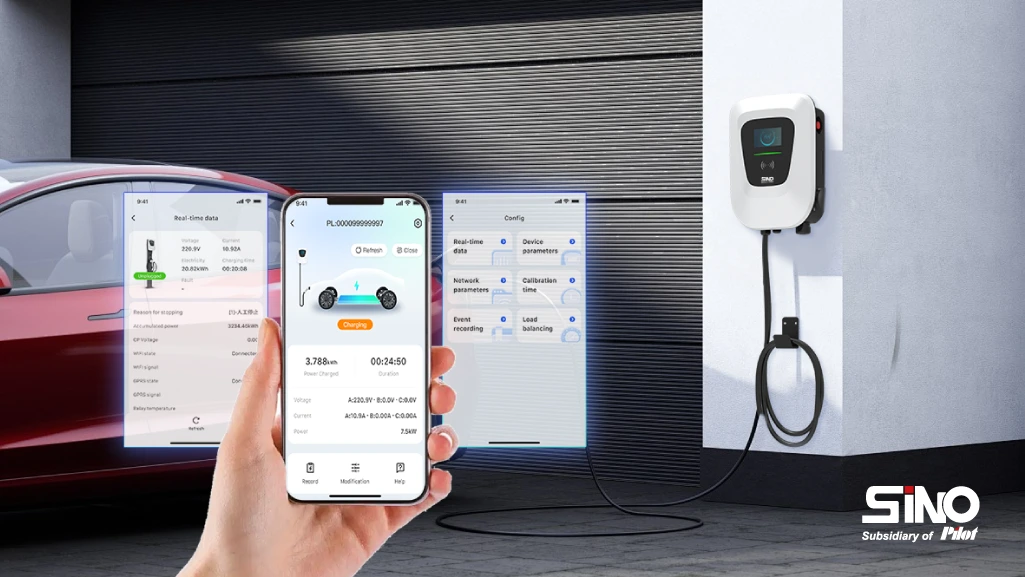
Conclusion: Peace of Mind for Your Electric Steed
Preparing your electric car for long-term storage might seem involved, but focusing on the battery’s State of Charge (50-80%), managing temperature, controlling vampire drain, protecting tires, and ensuring cleanliness covers the critical bases. By following these expert steps honed over 18 years in the EV industry, you significantly reduce the risks of battery degradation, tire damage, and other storage-related woes. Taking a few hours now to prep properly means you’ll return to an EV that’s ready to deliver its full range and performance, just as you left it. Store smart, drive happy!
Our Social
Facebook: www.facebook.com/sinoevc
Instagram: www.instagram.com/sinoevc
Linkedin: www.linkedin.com/company/sinoevse
Youtube: www.youtube.com/@sinoevc
Twitter: www.twitter.com/sinoevc

“Charging for A Better Life”
—Zhuhai Sino Energy Technology Co.,Ltd.



